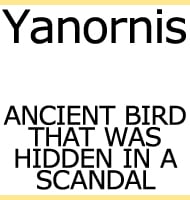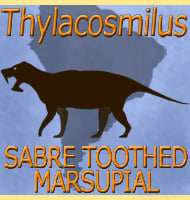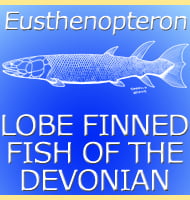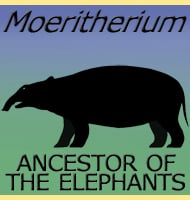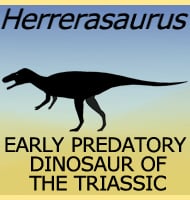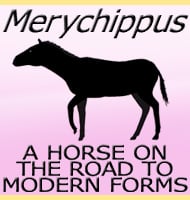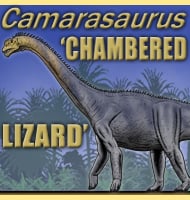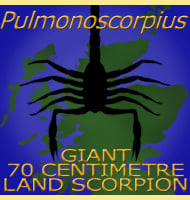In Depth
Epichirostenotes was originally discovered in 1923 before being described in 1997 as a specimen of Chirostenotes pergracilis by Hans-Dieter Sues. Further study and description in 2011 saw this specimen described as its own genus. The type species E. curriei is in honour of the palaeontologist Philip Currie. Although only known from incomplete material, Epichirostenotes is but one of the increasing number of oviraptorid dinosaur genera known from North America.
Further Reading
Further reading- A new caenagnathid Ojoraptorsaurus boerei, n. gen., n. sp. (Dinosauria, Oviraptorosauria), from the Upper Cretaceous Ojo Alamo Formation (Naashoibito Member), San Juan Basin, New Mexico. – Fossil Record 3. New Mexico Museum of Natural History and Science Bulletin 418-428. – R. M. Sullivan, S. E. Jasinski & M. P. A. Van Tomme – 2011.

